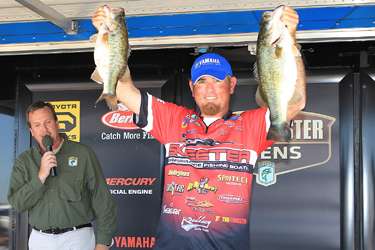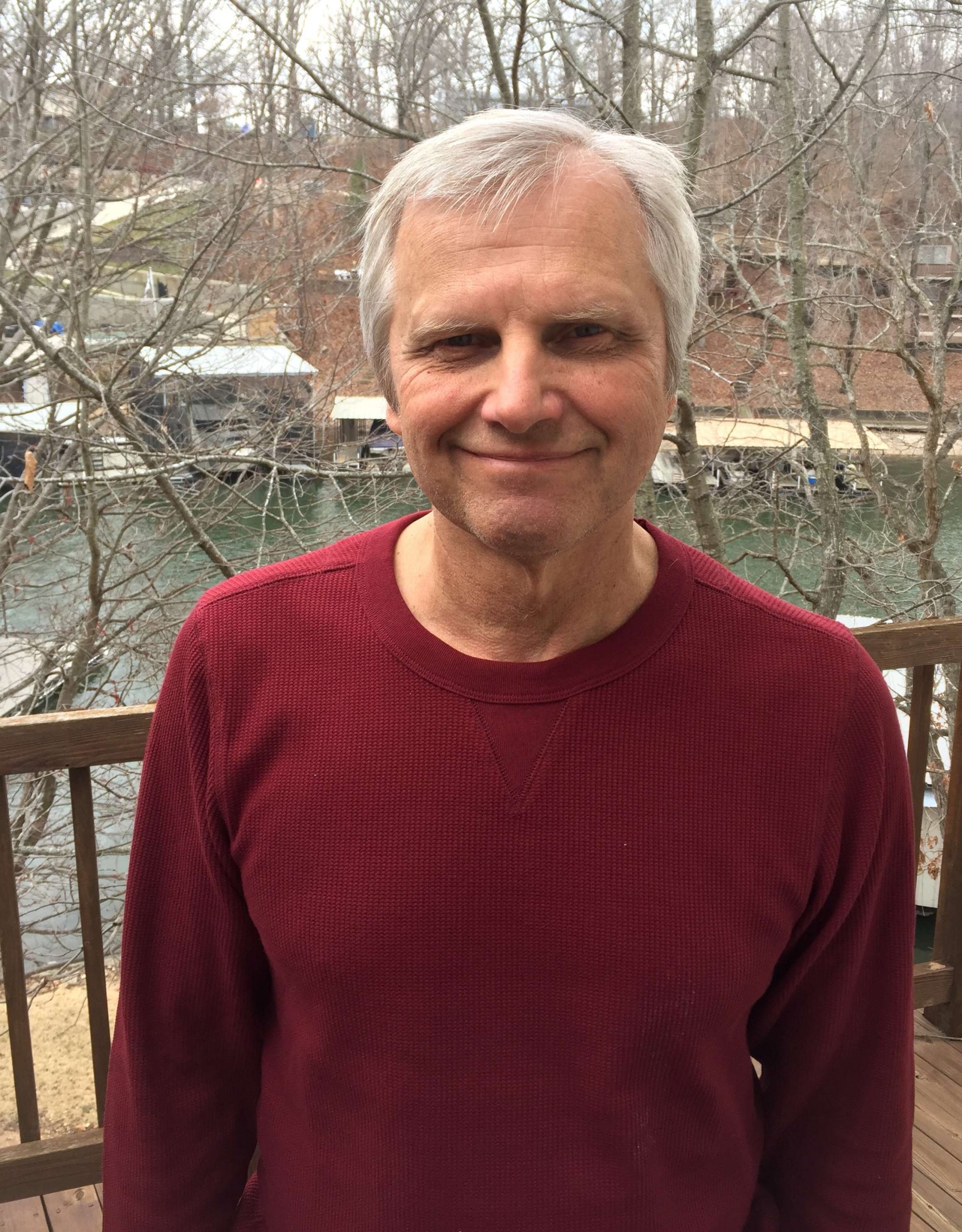
When a major tournament comes to your home lake, there’s always that local expert who claims he’s catching 20 pounds a day in practice. But when the tournament ends, you never see that guy on stage getting a check.
That’s because he stumbled into one of the common pitfalls local anglers fall into when practicing on their home waters. “There’s no reason to catch those fish in practice,” says Clark Reehm, a 2011 Bassmaster Classic qualifier. “You’re trying to figure out where the fish are located in practice, and you just need to figure out how to exploit those fish on tournament days.” Reehm has lived in Arkansas, Louisiana and, most recently, Texas, where Sam Rayburn is his home reservoir.
No matter where he’s lived, Reehm has seen local anglers fall into the same traps when practicing for a big event at home. The Texas pro lists three common pitfalls and offers the following suggestions on how anglers should practice for a home water tournament.
Don’t Burn Your Best Spots
Practicing in areas they know traditionally hold fish is one of the biggest traps that snares local anglers. “They tend to catch big fish off of this dock or bridge point, or this brushpile, or they can randomly pull up to this laydown and catch a good one,” says Reehm. “Yet they still think they need to check them in practice. “You always hear them say they screwed up and accidentally caught this fish or they tried to shake one off and it wouldn’t let go.
They already know the fish are there, so why do they keep going back and checking those high percentage places where they know they’re going to need them on tournament day?” Reehm suggests exploring new areas in practice to expand your list of primary spots. During the tournament, you still have the option of going to your old reliable spots if the new areas fail to produce.
The Grass Isn’t Always Greener
When practicing in an area, some competitors get the urge to keep moving down a bank to see how many fish they can catch there. “When you already know that you’re committed to go there on tournament day, leave,” says Reehm. “There’s no sense in showing the bait to more fish or accidentally sticking fish or having other anglers see you on your spot.”
The Elite pro often hears of a grass-is-greener angler who caught a 5-pounder in practice and decided to see if the spot was holding more big fish. So, he went down the bank and landed another 5-pounder. “That’s two 5-pounders that he just burned,” Reehm says. Reehm suggests local anglers should cut off their hooks whenever they practice in an area they know holds quality fish. “Bending the hook around isn’t good enough because the fish can still manage to get snagged on the hook.”
Fishing Too Much
Too much casting during practice can be hazardous to a local angler. “You don’t even need to fish to find the fish,” Reehm says. “A lot of times all you need to do is locate them with your electronics or see if there are shad in the area.
I lived at Lake Dardanelle for many years, and one of the things I would do is drive along and look for water willow grass that had shad in it. I didn’t even need to practice there because the odds were good that fish were going to be there, and I could find out pretty quick (during the tournament) if a wad of bass was there or not.” Side-imaging technology also allows anglers to find new hot spots in practice without having to wet a line.
Checking water temperature readings while scouting can also help local anglers find spots that are warmer than the rest of the lake, which is critical for late winter or early spring tournaments.
Editor’s Note: If you have a story idea you would like to vote on for an upcoming poll, send your idea to john@jnoutdoors.com.





